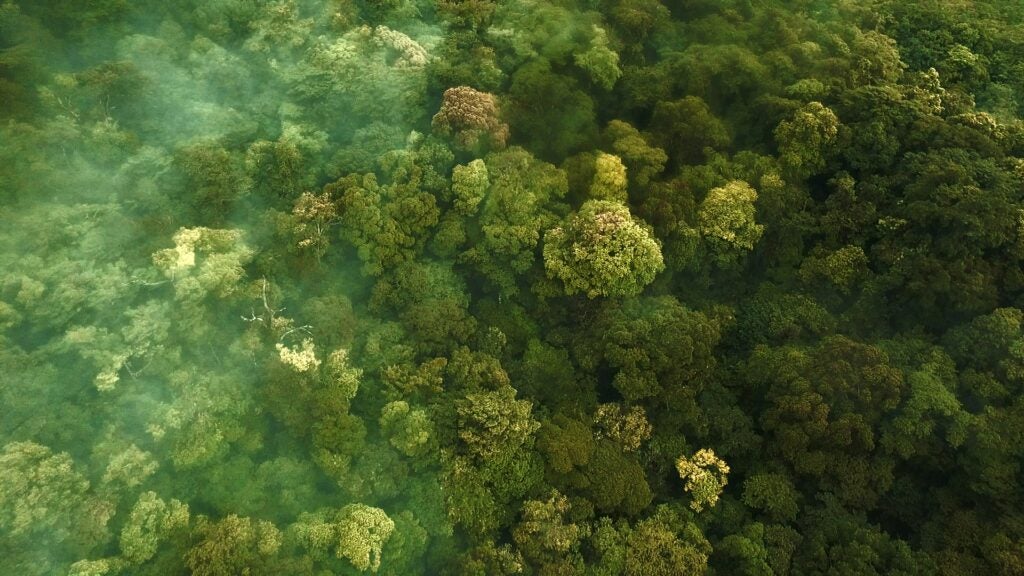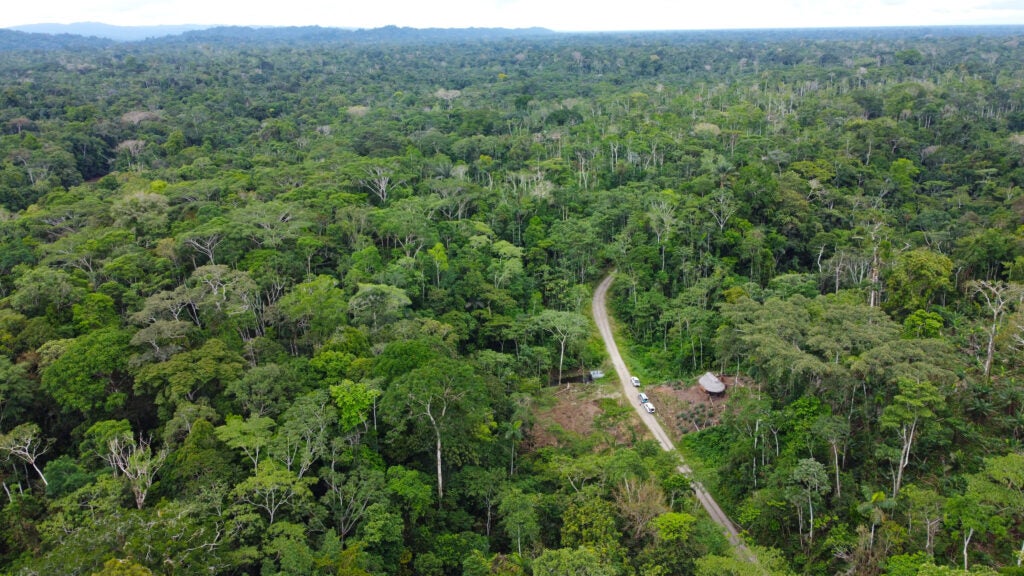By Mark Moroge and Zach Cohen
At this November’s UN Climate Conference in Belém, progress on climate finance will be measured not just in pledges, but in delivery – including for forests, which are critical to regulating the climate, sustaining biodiversity, and supporting millions of people. The driving question: how do we get more money to the people conserving critical ecosystems at the speed and scale needed to make a difference?
Last year’s climate conference in Baku set an ambitious goal to mobilize $1.3 trillion by 2035 for developing countries. Over the coming months, countries will provide inputs on a ‘Baku to Belém Roadmap’, guiding public and private sectors to deliver on this target. While scaling climate finance is essential, so is ensuring its quality. Strengthening the affordability, accessibility, and effectiveness of climate funding must be priorities to catalyze transformative action.
As the Baku to Belém Roadmap takes shape, these principles of quality cannot just be abstractions – they need to be translated within specific sectors and contexts. This is especially true for the forest sector, where stakeholders face underlying barriers to securing the financing they need, and where there are ripe opportunities to unlock new resources, from leveraging public money to catalyze private investment, to deploying innovative models like the Tropical Forests Forever Facility. Read More











